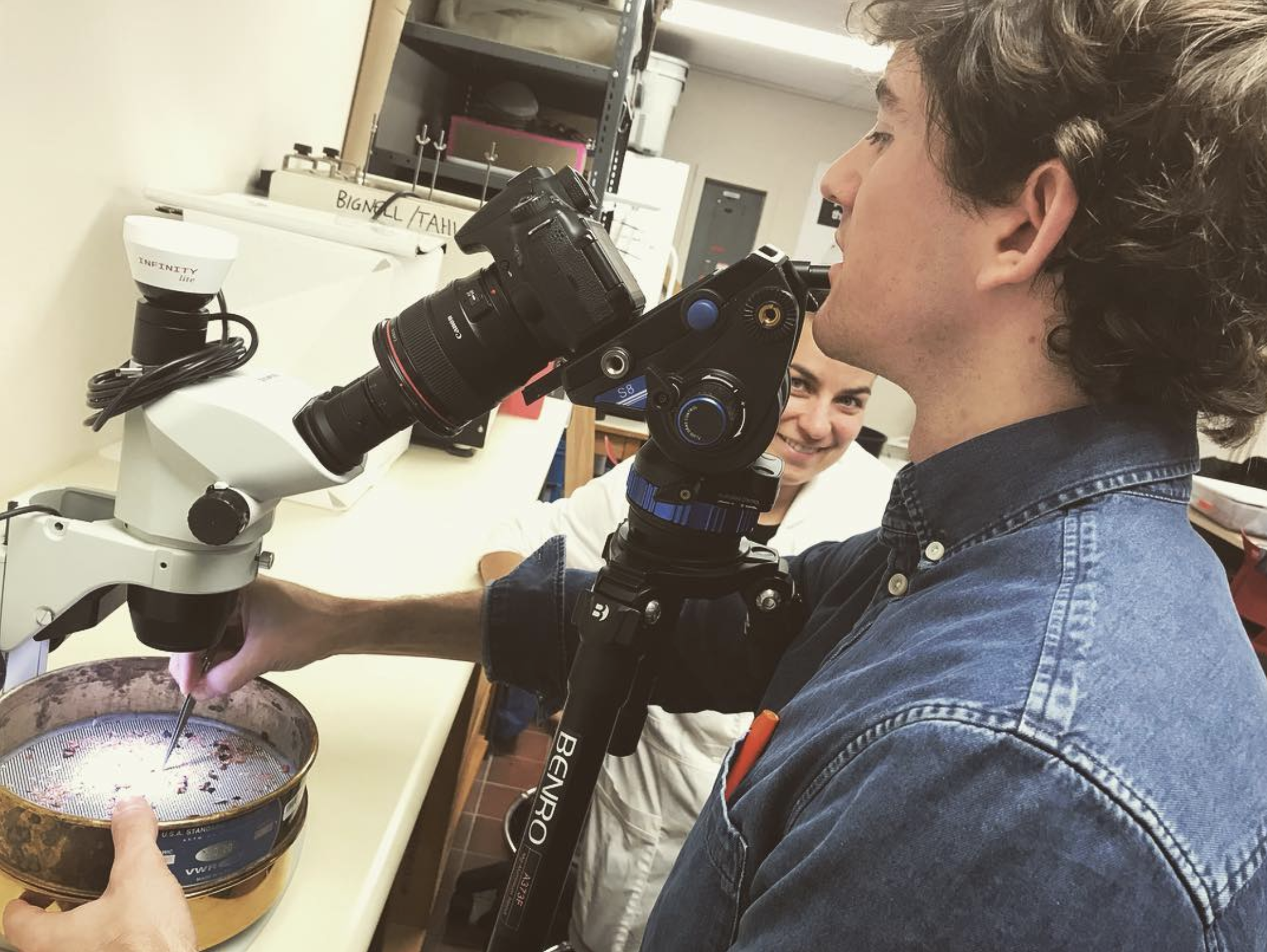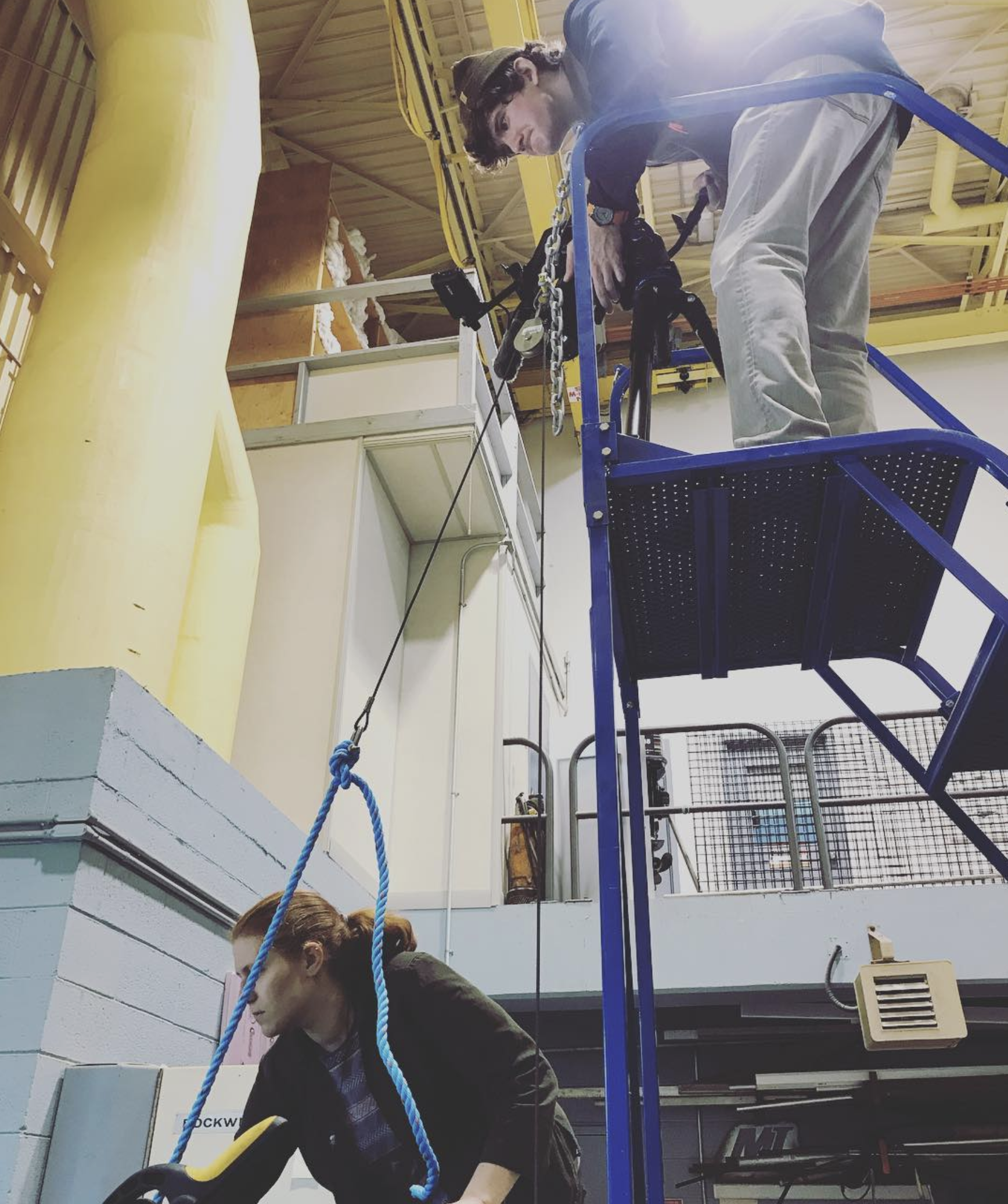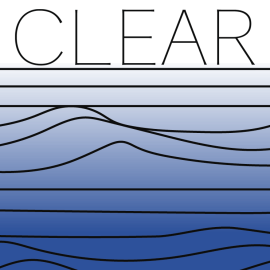Guts is a documentary about CLEAR’s feminist and anti-colonial science about plastic pollution. Directed and produced by Noah Hutton and Taylor Hess, the process was a little different than films they made before. They talk about the process of becoming members of a scientific lab as part of the filmmaking process. Working collaboratively with Max Liboiron, Director of CLEAR, and other lab members, they created a feminist and anti-colonial way of making a film.

What was most challenging about the filmmaking process here?
NH: In early discussions about the project, Max made it clear that she wasn’t interested in us coming in from the outside to document her work and then leaving.
So in order to start shooting this film, Max requested that we both become full lab members— going through the full onboarding process of reading up on the lab’s ethical and anti-colonial methodologies, then putting the cameras aside for a time as we trained and participated in some actual scientific lab work and discussions, leading us to revelatory conversations about how the status quo approach to documentary filmmaking can be an extractive process that can sever relational ties with its subjects. We started to refer to our process as one of “participatory filmmaking,” a true first for us. It was a challenge to the way we’re used to doing things: coming in, cameras rolling, observers of phenomena. It was a challenge at times to participate in these discussions, to be doing something that wasn’t obvious for the film. But by the end of the process, it felt less like a challenge and more like an opportunity to make a film in a new way.
TH: When we asked Max why she agreed to make this documentary with us, she told us that many journalists have asked for access to her story, her lab, her research, and her lab members. She told us that when she denies access, people accuse her of being exclusive. “But in a way,” she said, “I am exclusive!” The reason she felt comfortable with us is because in on our initial conversations, we told her about our previous films and our interests. “I don’t know if you’re woke,” she said, “but at least I can tell you’re oriented toward wokeness.” I love that Max said this because it communicates her skepticism of outsiders and her allergy to work that’s extractive or exploitative. Recently, Max told us that even though we were the filmmakers, observing her and the lab, she was also observing us and our learning. She said that she saw us develop in our thinking and understanding about the work she does and the values her work embodies. It was so satisfying to learn how to make a film in this “participatory way,” and even more rewarding for me to learn how satisfying the process was for Max, as well. That feels very important to me.
NH: Max inspires me to question my own relations and obligations. Making this film has shaken up the way I think about the status quo of my own work, and that process has resulted in the creation of a new filmmaking handbook I will try to use on future projects, inspired by the CLEAR handbook.



Is there an example of a particular moment/event/instance where working this way helped you change the way you did things, or helped you unlearn and re-learn something?
TH: I went to school for journalism, and I’ve worked in film for some years, and there’s so many practices I’ve been taught, many of which are great and I’m grateful to have learned, but many of which ought to be questioned, rethought, and changed. An example that most sticks out to me is from when we were in the lab discussing the media release we prepared. It was hard for me to travel to Newfoundland and shoot a documentary without knowing we’d be able to get a release signed in the first place, but to try to re-edit the entire release and transform it into a “collective agreement” that aligns with our “participatory filmmaking” approach? I thought we’d never agree! But, of course, we did. And this helped me re-learn that journalism isn’t about getting access and then getting out with MY story. It’s instead a bit muddier, but a whole lot richer when it recognizes that a story can only happen between journalist and subject. And so, the story isn’t owned/authored solely by the journalist. In many ways, or really, in all the ways, it is shared.
(The collectively-created media consent form is here)
NH: I keep coming back to the moments after we were asked to turn off the camera at the gut repatriation ceremony. All the bones of my business-as-usual filmmaker self were screaming with disappointment. What good was this moment if it wasn’t being *captured*? I initially shut down– I felt myself just going through the motions to make nice, but not really putting any of myself in relation to the moment at hand. But as soon as I looked down at the coolers and saw just how many guts needed to be squeezed out by lab members with freezing fingers, I had this thought: I am a lab member, too. I am obligated to freeze my fingers and bring myself to this moment, not because of some way it will benefit a film, but because I’ve entered into a greater intimacy with these people around me on a pier at Petty Harbor by becoming a lab member first and a filmmaker second.

Will you stay members of CLEAR? If so, how?
NH: I hope to stay a member of CLEAR even though I’m not a scientist because I believe there is a methodology I now relate to as a lab member that can be applied to filmmaking just as well as it can to science, and thus I really do believe that I will stay a CLEAR member even as I go about making films. But to stay more tangibly connected to the lab as a member, I intend to participate in discussions remotely as much as possible around readings or other teachings that I can engage with from afar, and I hope to find ways to collaborate on more participatory film projects in the future with other CLEAR members.
TH: Yes, filmmakers need to learn about science, too! I hope to participate in CLEAR meetings when I can, weighing in on discussions about the lab’s work and author order meetings, or simply popping in just to hear what’s new, because, who knows, maybe we’ll hear about something that demands another film!


This interview was created with unused portions of the transcript from The Atlantic‘s interview with Noah and Taylor, and through new questions asked by Max Liboiron.

1 Comment
Comments are closed.